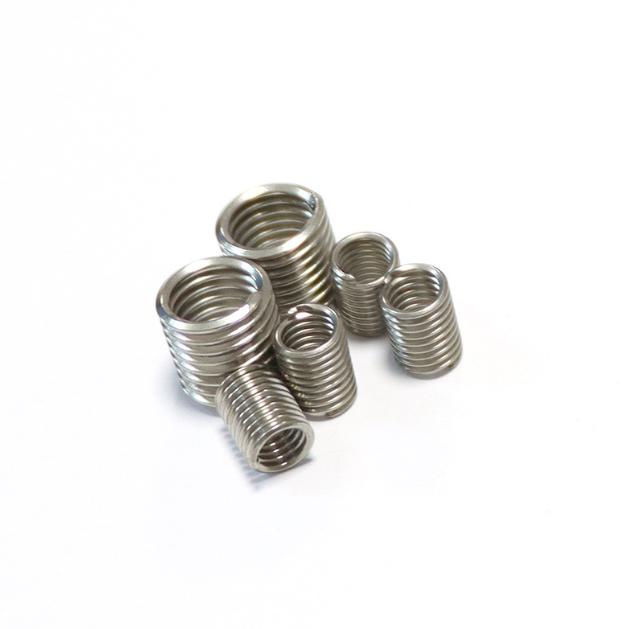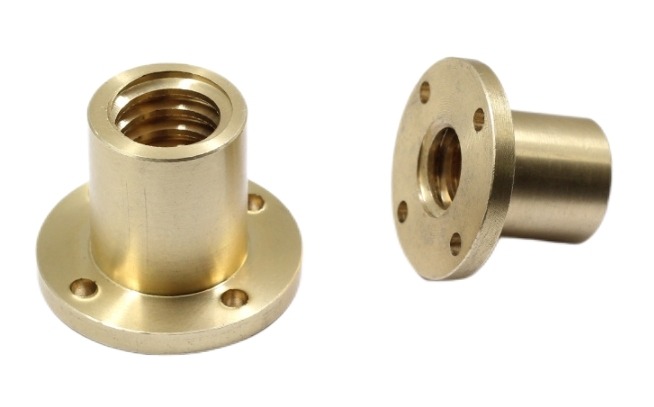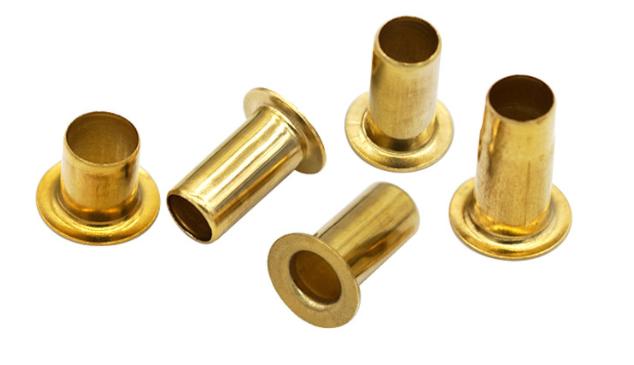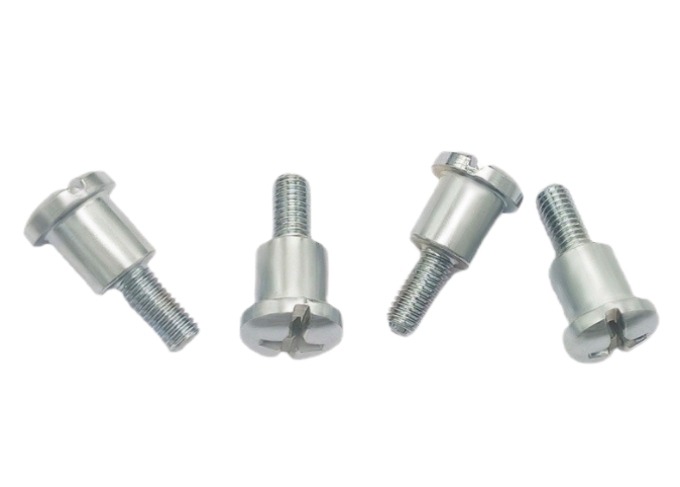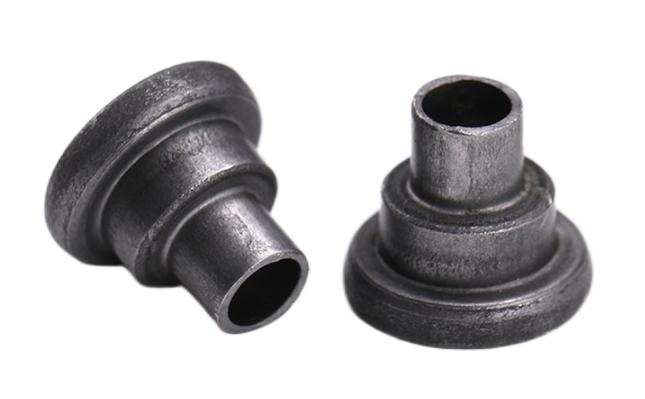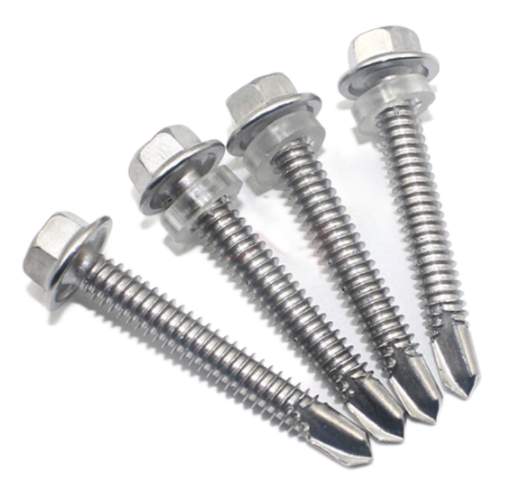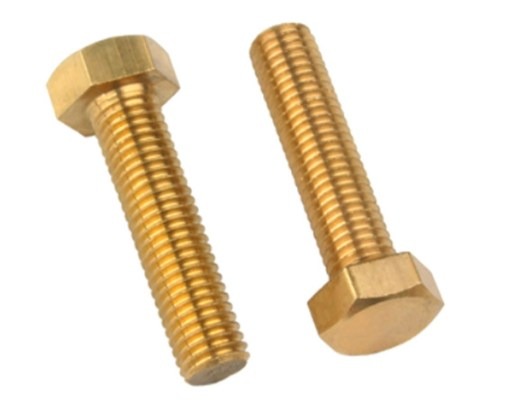What Are Self-Locking Nuts?
A self-locking nut is a type of nut fastener that prevents unintended loosening caused by vibration or other external forces. In this post, we will look at the various types of self-locking nuts, how they work, and where they might be used.
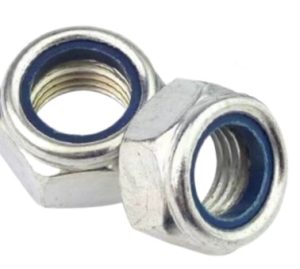
How Self-Locking Nuts Work
Self-locking nuts function by producing a locking force that prevents the nut from loosening. This locking force is achieved by various methods, such as deformation, friction, or flexing, in different types of self-locking nuts.
Deformation
When tightened, some self-locking nuts, such as the nylon insert lock nut and the nylon pellet lock nut, flex and provide a locking force. When the nylon insert or pellet is squeezed, a frictional force is created that prevents the nut from loosening.
Friction
Friction creates a locking force in some self-locking nuts, such as the metal lock nut and the Stover lock nut. When tightened, the deformed threads or elliptical top deform, creating a frictional force that stops the nut from loosening.
Flexing
When tightened, some self-locking nuts, such as the flex lock nut, create a locking force by flexing. The nut is intended to flex, creating a locking force that prevents the nut from loosening.
Types of Self-Locking Nuts
Nylon Insert Lock Nut
One of the most common self-locking nuts is the nylon insert lock nut. A nylon collar insert is inserted at the end of the threads. When you tighten the nut, the nylon insert deforms and provides a locking force that keeps the nut from loosening. This nut is often used in high-vibration industries such as automotive and aerospace.
Metal Lock Nut
Another common type of self-locking nut is the metal lock nut. When tightened, the deformed thread provides a frictional force that keeps the nut from loosening. This nut is frequently utilized in situations involving high temperatures or corrosive conditions.
Nylon Pellet Lock Nut
The nylon pellet lock nut resembles the nylon insert lock nut. Instead of a collar insert, a nylon pellet is inserted into a hole at the end of the threads. When you tighten the nut, the nylon pellet deforms and provides a locking force that keeps the nut from loosening. This nut is often used in high-vibration industries such as automotive and aerospace.
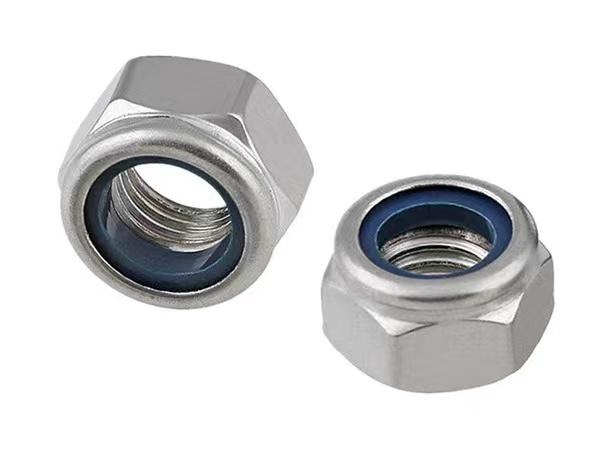
Stover Lock Nut
The Stover lock nut is distinguished by its elliptical top and a number of grooves on the bottom. When you tighten the nut, the elliptical top deforms and provides a locking force that prevents the nut from loosening. This type of nut is widely utilized in high vibration or shock applications, such as large machinery and equipment.
Flex Lock Nut
When tightened, the flex lock nut flexes, creating a locking force that prevents the nut from loosening. This type of nut is widely utilized in high vibration or shock applications, such as large machinery and equipment.
Applications of Self-Locking Nuts
Self-locking nuts are used in a variety of applications, including automotive, aerospace, marine, industrial machinery, etc
Automotive
Because of their capacity to tolerate high levels of vibration and shock, self-locking nuts are frequently employed in the automotive sector. They can be found in a variety of applications, such as engine components, transmissions, suspension systems, steering systems, and wheels. Self-locking nuts are used in engine applications to secure the bolts that hold the cylinder head, intake manifold, and exhaust manifold. Self-locking nuts are used to secure the bolts that hold the control arms, ball joints, and tie rods in suspension and steering systems. Self-locking nuts are used in wheel applications to secure the lug bolts that hold the wheels to the hub.
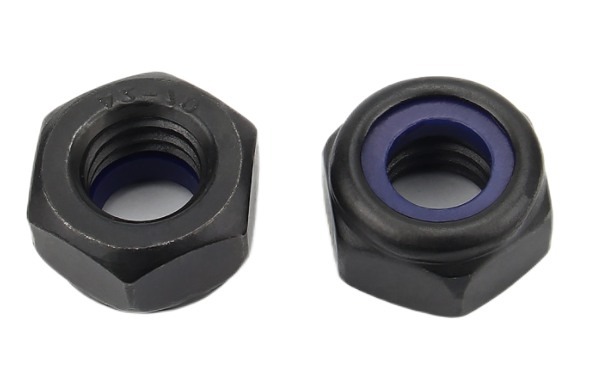
Aerospace
Because of their capacity to endure high levels of vibration and shock, self-locking nuts are also widely utilized in the aircraft industry. They can be found in a variety of applications, such as engine components, landing gear, flight control systems, and structural components. Self-locking nuts are used in engine applications to secure the bolts that hold the turbine, compressor, and accessory drive. Self-locking nuts are used to secure the bolts that hold the struts and wheels in landing gear applications. Self-locking nuts are used in flight control systems to secure the bolts that keep the control surfaces and actuator assemblies in place. Self-locking nuts are used in structural components to secure the bolts that hold the panels, frames, and brackets in place.
Industrial Machinery
Self-locking nuts are also utilized in industrial machinery where vibration, shock, and thermal expansion/contraction are major concerns. Pumps, compressors, conveyors, turbines, and generators are among the many applications for them. Self-locking nuts are used in pump applications to secure the bolts that hold the impeller, casing, and seal housing together. Self-locking nuts are used in compressor applications to secure the bolts that hold the rotor and casing together. Self-locking nuts are used in conveyor applications to secure the bolts that hold the rollers, idlers, and drive systems in place. Self-locking nuts are used to secure the bolts that hold the rotor and stator in turbine and generator applications.
Construction
Self-locking nuts are employed in construction situations where fasteners can go free due to vibration and external influences. They are employed in a variety of applications, such as steel constructions, heavy machinery, and HVAC systems. Self-locking nuts are used in steel buildings to secure the bolts that hold the beams, columns, and bracing together. Self-locking nuts are used in heavy machinery to secure the bolts that keep the tracks, buckets, and booms in place. Self-locking nuts are used in HVAC systems to secure the bolts that hold the ducting, fans, and compressors in place.
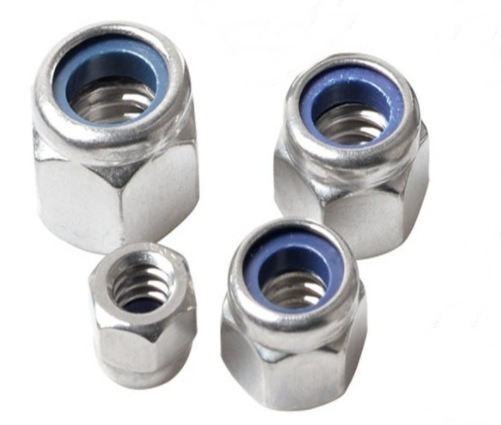
Marine
In marine applications, where corrosion, vibration, and shock are major problems, self-locking nuts are also used. They can be found in a variety of applications, such as engine components, propellers, and steering systems. Self-locking nuts are used in engine applications to secure the bolts that hold the cylinder head, intake manifold, and exhaust manifold. Self-locking nuts are used in propeller applications to secure the bolts that hold the propeller to the shaft. Self-locking nuts are used in steering systems to secure the bolts that keep the rudder and steering linkage in place.
Summary
Self-locking nuts provide a dependable and secure fastening solution used in construction machinery, mining machinery, and other industries to prevent loosening due to vibration, stress and thermal expansion.

